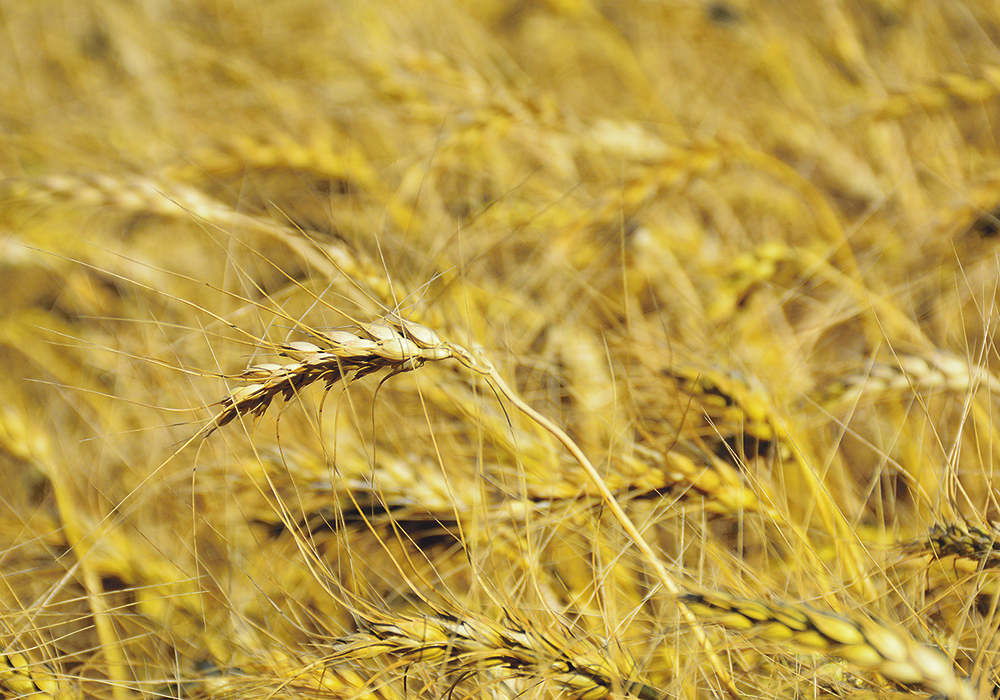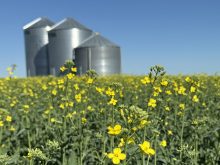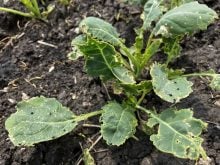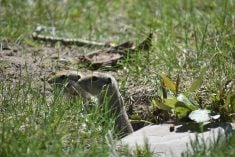Wheat midge are a problem in much of the Prairies and next year producers may seek wheat varieties that can limit damage from those insects.
Todd Hyra, western business manager for SeCan, urged producers to note its CWRS variety AAC Oakman VB, which carries tolerance to both midge and sawfly, but it is not available until 2026.
“AAC Oakman VB is unique compared to other midge tolerant CWRS in the fact it is the first to combine both sawfly protection and midge into one variety,” he wrote in an email.
Read Also
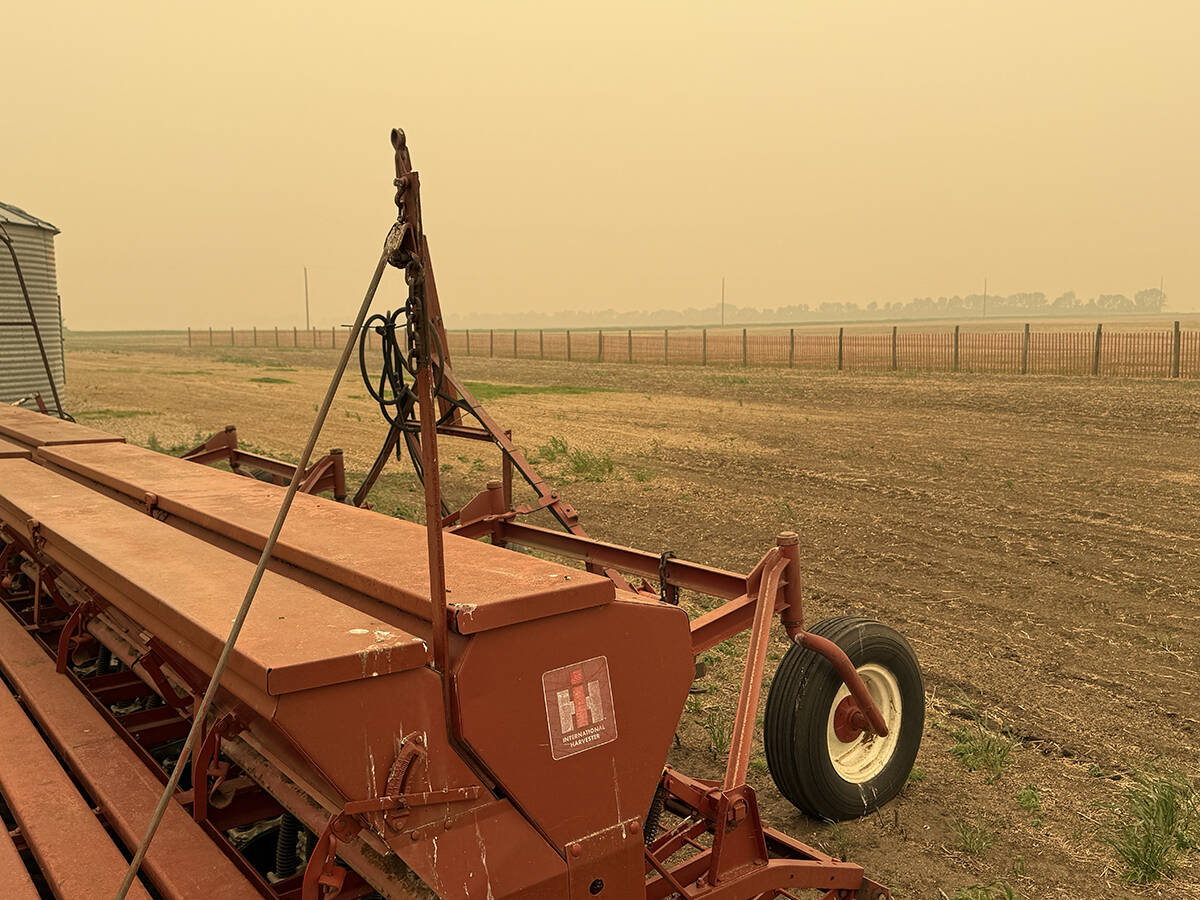
Wildfires have unexpected upside this year
One farmer feels smoke from nearby wildfires shrouded the July skies and protected his crop from the sun’s burning rays, resulting in more seeds per pod and more pods per plant.
“Midge are a continual risk to wheat growers. In 2024 our midge traps indicate much higher than normal midge populations due to the early rains. Midge tolerant varieties provide on-board protection should the pests appear,” added Hyra.
Among the midge tolerant CWRS varieties now available is SeCan’s short, strong-strawed AAC Starbuck VB. It carries a yield index of 104, moderate resistance to fusarium head blight (FHB), stripe rust and leaf rust, and intermediate resistance to stem rust.
AAC Wheatland VB is another midge tolerant red spring wheat from SeCan. Like Starbuck, it features a 104 yield index. It also sports very good lodging resistance, intermediate resistance to FHB and stripe rust and a resistant rating to leaf and stem rusts.
Cordon Geisam, FP Genetics’ western Saskatchewan and southeast Alberta territory manager, recommended that company’s AAC Hodge VB, which it bills as “the highest yielding CWRS ever registered.”
In testing, it came out 17 per cent higher yielding than its check, AC Carberry. It’s rated moderately resistant to FHB and resistant to all other priority one diseases.
Another midge tolerant CWRS among FP Genetics’ offerings is AAC Darby VB. The company markets Darby on its “significantly early” maturation. It’s also described as high yielding, on par with AAC Brandon and AAC Viewfield.
It carries an intermediate rating for FHB and a moderately resistant rating or better for all rusts.
CDC Landmark VB is a semi-dwarf, midge tolerant CWRS also included in FP Genetics’ portfolio. It features partially solid stems, intermediate resistance to FHB, resistance to stem rust and moderate resistance to stripe rust.
It’s moderately susceptible to leaf rust and bunt. Overall, Hyra believes the 14-year tale of midge tolerant varieties has been a successful one.
“Midge tolerant wheat is a huge success story from both a wheat production perspective as well as an environmental stewardship point of view,” he said.
“It does not get any better than controlling insects using a naturally selected tolerance trait and by not spraying insecticides, protecting the parasitic wasps that feed on midge, helping keep the midge populations in check.”


